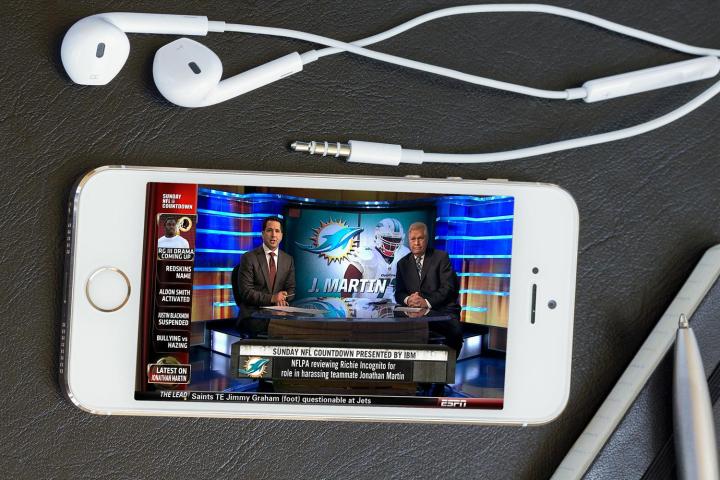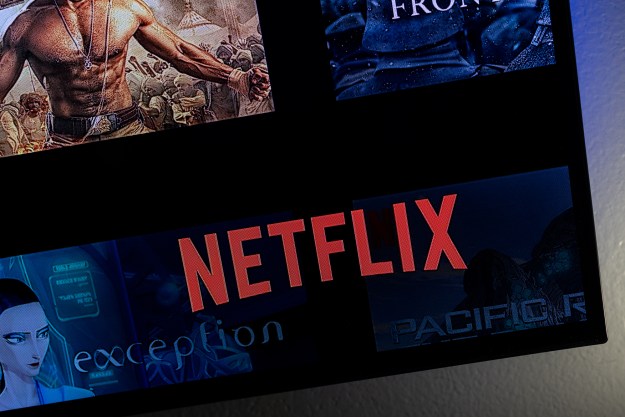
Last week, a top executive for AT&T announced that the carrier expects to begin deployment of LTE Broadcast, or LTE Multicast, sometime next year, a move that could signal a potential shift to cable TV delivery via mobile devices. The carrier’s chief strategy officer, John Stankey, revealed the rough timeline for the rollout at the Oppenheimer Technology, Internet & Communications Conference.
LTE Multicast uses technology based on evolved Multimedia Broadcast Multicast Service to enable the simultaneous delivery of identical content to a large amount of subscribers. This translates to a more effective, and less resource-intensive, use of a network’s resources. For example, it’s more efficient to send the same House of Cards episode to 1,000 users as the result of one action than it is to process 1,000 individual requests, one by one, for that one episode; the result ends up being the same (1,000 people watching an episode of House of Cards), but the two processes require varying levels of resources.
A report from FierceWireless notes that AT&T has been pretty hush-hush up to this point, having previously revealed that it was only “exploring the possibility of offering eMBMS services” with the 700 MHz and E Block spectrum it picked up as part of its acquisition of Qualcomm back in 2011. But, as Verizon similarly revealed this week, AT&T’s game plan is now certainly on track toward delivering cable TV to mobile devices. And that’s straight from Stankey’s mouth. The CSO explained that AT&T believes people are willing to pay for conveniently delivered TV content, but “the reality of the industry today and how content is licensed and sold doesn’t fit elegantly into that model.”
But perhaps the most potent card up AT&T’s sleeve is its proposed $48.5 billion merger with DirecTV and all of the factors that come with it. If the deal is officially sealed, all of the new content and broadcasting resources in its pockets would place AT&T in a distinctly advantageous position in the market. An AT&T/DirecTV colossus would be able to push forth any number of plans and bundles.
As for specific launch dates and the like, Stankey said customers can expect AT&T to begin rolling out Multicast capabilities “as we move through the next year.” Furthermore, the CSO explained the carrier would be launching the tech on a targeted basis, starting in areas that are ripe for immediate deployment.
Editors' Recommendations
- Don’t miss your chance to get this 75-inch TV for less than $450
- Run — don’t walk — and buy this 75-inch Samsung TV while it’s $550
- How to set up your TV for Super Bowl Sunday
- T-Mobile customers will get free MLB.TV through 2028
- TV brightness wars: how bright does your TV need to be?


